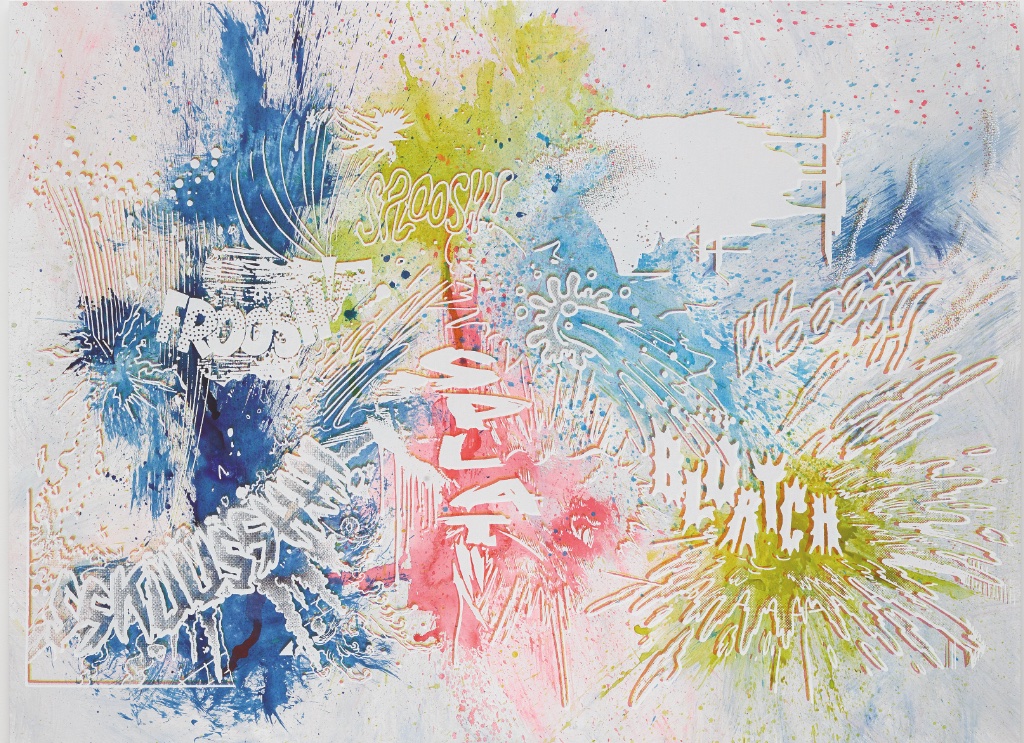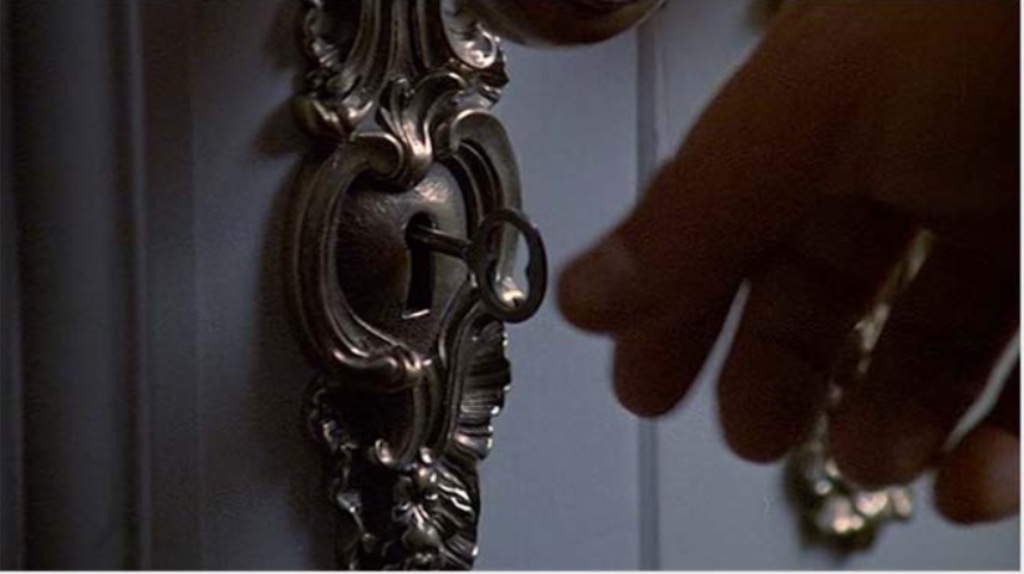Like many people, I first discovered Christian Marclay through his spellbinding 24-hour video installation “The Clock” (2010), consisting of film clips showing the actual time, which was being shown at the Centre Pompidou in Paris. After having seen a section of it, I was hungry for more and took a film-loving friend to see it one evening at Pompidou. I stayed for a few hours, until around midnight, leaving her there when I took off. She stayed until 5 AM. Now that’s a true cinephile.
Apart from the clock, however, the only other work by Marclay I have encountered was a brilliant installation called “Shake Rattle and Roll (Fluxmix),” a tribute to the Fluxus movement in the form of 16 videos playing on TV monitors. Again, I wanted more and was thrilled to learn that Pompidou was ready to finish my education on the artist with a retrospective of his work.
Marclay, not only a visual artist but a composer and musician himself, was born in California in 1955 but grew up in Switzerland, returning for his art education in the late 1980s to the United States. In New York, he came into contact with the Fluxus movement and punk music and met such luminaries as John Cage and Laurie Anderson, all influences on his early work, which sets out to make sound visible, transform words and objects into sound, or at least to create a link between them through filmed performances, installations, photos, prints, paintings and more.

There is much joy in this project and many laugh-out-loud moments in the exhibition, which starts out with such pieces as the “Recycled Records” series (1979-86), consisting of vinyl records that have been decorated with various media, damaged by scratching or cutting into them (sometimes interchanging pieces of different ones) or otherwise messed with. These mass-market vinyls, transformed into one-of-a-kind records, were then used in performances to create highly original music.

Marclay sometimes takes the idea of making sound visible quite literally, as in his “Allover” cyanotypes of 2009, made by laying unwound cassette tapes on photosensitive paper and exposing it to ultraviolet light. While paying tribute to an obsolete technology, these works also call to mind Jackson Pollock’s gestural paintings.
One room in the exhibition features his “graphic scores,” which use onomatopoeia to create musical scores with visual or verbal cues for the performer, who is given precise guidelines for interpreting the cues on the score but may have no idea what the other musicians will do, as in “Investigations” (2018), a box of one hundred pages, which are to meant to be shuffled just before a performance.

Marclay, fascinated by comic books, uses their onomatopoeic terms like “whomp,” “blam” and “vroom” in many of his works, including the “Actions” series. He is even quoted on the subject in the Merriam-Webster online dictionary’s definition of the word: “In comic books, when you see someone with a gun, you know it’s only going off when you read the onomatopoeias.” Bang!
Video became more important in his work over the years, with increasingly sophisticated works like “The Clock,” which, unfortunately, is not being shown by Pompidou in conjunction with the exhibition. We do see, however, two other videos with similar concepts: “Telephones” (1995), in which the phone rings in every clip from well-known movies, and “Doors” (2022), which makes its debut in this exhibition. In the latter, the clips are strung together so that when a character in one scene passes through a door, someone else comes out the other side in the next clip.
These videos are so fascinating not only because of the brilliant choice and editing of the film clips, but also because most of the scenes and actors are familiar to us from movies we have seen, evoking memories of the movie itself and our own associations with the time in our lives when we saw it. As entertaining and inspired as I found his earlier works – he is a genius at extracting bits of pop culture and putting them to good use – I would say that these films are his greatest contribution.
See our list of Current & Upcoming Exhibitions to find out what else is happening in the Paris art world.
Favorite
